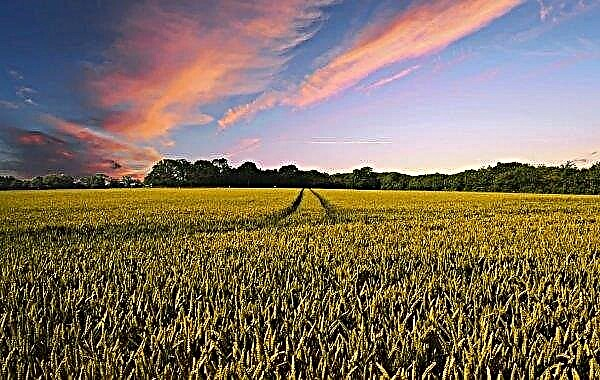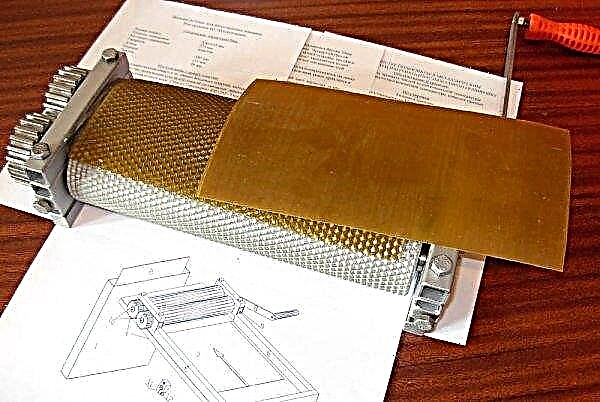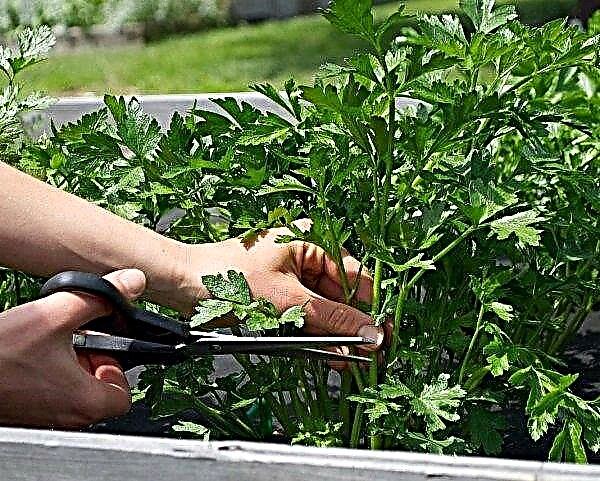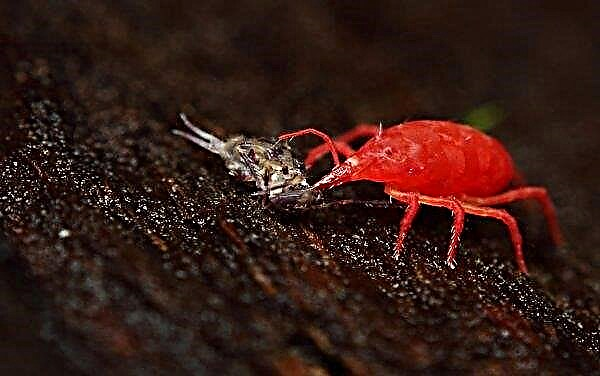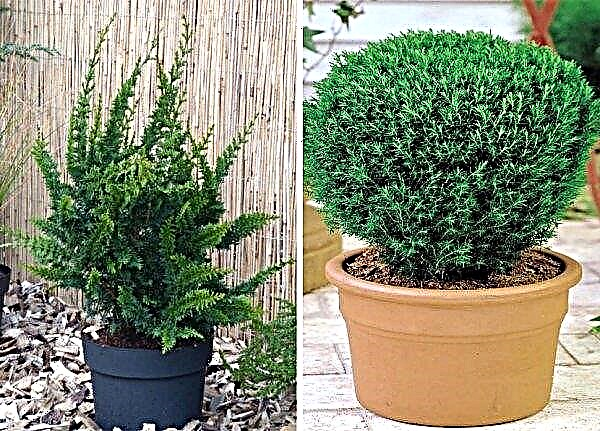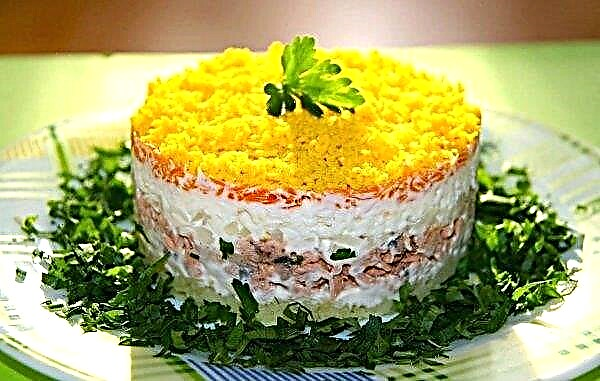An artificial reservoir in the country is an opportunity to freshen up in hot weather, have a good time and relax after a busy working week. About what you need to know about its device for your garden and how to dig it out with your own hands, read further in the material.
Is it possible to swim in an artificial pond
The fashion for creating artificial reservoirs for swimming came from Germany and Austria. But now such designs are becoming popular in other countries. In the trading network you can find many offers of plastic ponds for every taste, color, size and shape. If you need to buy a reservoir in which you can swim, then among the many products presented it is easy to choose the one that suits you.

Key features of the swimming pond:
- Popular models are designed for volumes of 50, 100, 150, 200, 900 and even 1,500 liters of water.
- Most of them are equipped with a plastic shelf for installing water plants, which will work as natural cleaners of such a structure.
- The most common manufacturing material is polypropylene. It is resistant to low and high temperatures, as well as mechanical wear.
- The price range for them is from 600 to 16,000 rubles.
- It does not take up much space and can be installed anywhere on the site or dug into the ground.
A pond will need to be equipped with a mechanical pump for organizing water circulation and a skimmer for cleaning the surface. Keeping it in order is easier than a regular pool.since there is no need to deal with regular water changes and there is no need to add chemicals for cleaning. The only thing you need is to periodically remove the fallen leaves.
Important! Purpose of snails in a reservoir — algae reproduction control. These small creatures eat microflora from stones, which keeps it clean.
On a sunny day, the water will warm up to + 25 ° C. It remains warm for a long time, cooling a couple of degrees only after rain. Therefore, the temperature usually ranges from + 19 ° C to + 28 ° C. To install the pond in the country does not need special permissions. To you also no need to connect it to the water supply or sewerage. Water is poured with a hose and drained at the end of summer into beds.
Pond or pool on the site
To answer the question, which is better, a pond or a pool, you need to start by clarifying both concepts. Natural reservoirs have always been used for swimming, but with the development of civilization, a need arose for the arrangement of artificial structures. In the XX century, they began to differ as much as possible from natural objects.

Public pools are regularly cleaned with special means and they pursue the goal of maintaining human health. But since the early 1980s, chlorinated pools have been losing popularity among people around the world for a number of reasons, which has led to a resurgence in the popularity of natural ponds.
- Ponds have several advantages:
- They look natural and provide the natural beauty of the backyard.
- There are no chemicals in the water, which means it does not dry the skin and avoids inflammation of the eyes.
- Here you can plant plants and create a habitat for living creatures: fish, turtles, amphibians, snails.
- The cost of servicing a live reservoir is lower than the regular cleaning of the pool due to the fact that a healthy ecosystem is capable of self-healing.
- The minimum size of the pool will be 30-50 square meters. m, and the pond can be of any size.
Did you know? Residents of the southeastern United States do not bathe in natural ponds. Alligators — ordinary inhabitants of these places, and there are cases when reptiles moved from the natural environment to farm household ponds.
Amazing but a pond created by analogy with a natural one is a much smaller number of mosquitoes in the evening than near a pool. This is because water without chlorine does not kill natural predators (dragonflies), and they, in turn, reduce the mosquito population. Inhabitants settling in the pond (snails, insects, amphibians) are not dangerous for the swimmer, but they will keep the natural ecosystem healthy and enhance the charm from contemplation of this corner of nature.
How to make a pond for swimming in the country at home
All that is needed to create a small pond is a shovel, free space and materials.
But before you start:
- specify where on the site there are gas pipes, water supply and other communications;
- inspect the area;
- pick a place to build.
The pond should be visible from the window, but be away from the playground. It is advisable to provide a fence around it if children play in the yard.
Video: Do-it-yourself mini-pond
Part 1
Part 2
How to choose a place
The pond can be placed anywhere, but a number of factors need to be considered. If you make a mistake, this will increase maintenance costs or may make the reservoir unsuitable for the main purpose - swimming.
When choosing a site, pay attention to the following:
- Place it where the sun will shine for at least 6 hours a day. Pick the appropriate plants, and for shaded areas, buy shade-loving crops. The midday sun can overheat water, cause harm to fish, so these areas should be avoided.
- Leave at least 0.6–08 m on each side for maintenance. Remember that placing it near the fence, you will have to clean more often and most likely it will become more polluted.
- Plant water plants in pots, because in winter they will have to be brought into the room.
- Do not place near trees, as the roots may damage the coating after some time, and the leaves will pollute the water every fall.
- Leave space free from plants on all sides of the pond. This is necessary so that garden crops do not invade it.
- Consider the direction of the wind. Install the skimmer for cleaning on the leeward side.
Important! The excavated pit is not immediately covered with a film coating. Need to give him about 2-3 weeks for the soil to stand and compact.
The base distance between the pond and the trees is determined as follows. Measure the trunk at a height of about 1.2-1.5 m. Its diameter is multiplied by 1.5. For example, the trunk diameter is 25 cm × 1.5 = 37 cm. This is the distance to which the roots reach, in each direction from the trunk.
Artificial pond with swimming
First create a sketch. Do this a few weeks before the start of work. This will allow you to “get in touch” with the thought of a pond, think over several projects and dwell on what you like most.
Features of creating a sketch:
- Draw a reservoir from different angles.

- Mark the location of plants, the beach area and other elements. Consider the terrain, the depth of groundwater. Remember that any element of the landscape can become both a design advantage and a disadvantage.
- Think about the size of the structure. The larger and deeper, the less likely that the water will “bloom”. A deeper pond also affects the temperature of the water - it is cool and refreshing. A two-meter depth is sufficient for fish to live in it, but if it is less, populate it only with plants.

- Be sure to provide steps to lower and exit the pond.. With them, it is not only easier to use a swimming pond, but also to care for plants or to clean. The width of the shelves on which the pots with vegetation stand should be about 50 cm. They are placed at a level of 30 cm below the surface.
- Skimmers and filters collect garbage (mainly leaves and other parts of plants) and require periodic cleaning. Do not put it in a place where you can get with difficulty.
- The material that is removed from the skimmer will be an excellent fertilizer for the garden. Since garbage is not very aesthetic, place a plant such as a hosta next to it. Its large leaves will cover the collected plant compost.
- The runoff from the entire yard during the rains will clog the pond and make the water cloudy. Therefore, build around a special side. A height of 8–10 cm is sufficient to protect against storm water.
- When placed on a slope, organize the discharge of water into the beds using branch channels.
After drawing up the sketch, calculate the possible costs. These will include digging a pit, materials for construction, decoration, flora and fauna. Of the equipment for the pond, filtration and purification systems are needed.
Video: eco swimming pond
How to dig a swimming pond
To dig a pond more than 2 m long and more than 0.5 m deep, you will need professional equipment. You also need to solve the issue of the removal of dug soil,
Digging Technique:
- The territory is marked with a construction cord and pegs. It must exactly correspond to the sketch and calculations.
- Remove the top 20-30 cm of soil. This is a fertile layer and can be used on garden beds.
- The rest of the soil should be packed in bags and taken out of the site or used to create decorative hills and loose hills in the garden.
- As they dig, they form terraces on which the plants will stand. The inclination of the walls is 45 °. The width of the terraces is 50 cm, the length is in size. The depth at which they should be placed is 30, 50, 80 cm.
- Be sure to check that the digging is correct, as putting the removed compacted soil into place will not work.
- Now the bottom is tamped with a vibrating plate.
- Then a layer of crushed stone of a large and medium fraction is poured. And tamped again. To crushed crushed stone more densely, it is watered with water.
- A layer of sand is placed on top of the rubble and is also compacted, and watered for compaction.

Now you need to cover the bottom with a film.
To do this, use the following calculation formulas:
- film length = pond length, m + (2 × depth) +2 m;
- film width = pond width, m + (2 × depth) +2 m;
- multiply the length by the width to get the footage you need.
If it is synthetic rubber (EPDM membrane) M45, then it is sold in sheets. You need to recalculate the required footage divided by the sheet size and get the amount that you want to buy in the store.
Did you know? Polypropylene products are used very widely. They even produce sportswear and military equipment for cold weather, which has the ability to absorb moisture, eliminating discomfort.
A film made of polyethylene or reinforced polypropylene is thinner, lighter and cheaper than EPDM, but it is harder and harder to work with. When buying it, check the service life and availability of a guarantee. Most film coatings are designed for 20 years of use.

Laying the film coating:
- Fold the material in the longitudinal direction, center it along the hole and open.
- The film should overlap equally on all sides.
- With your hands and bare feet, gently push it into the ground.
- Then use the garden hose, filling the bottom of the pit with water to hold the film in place.
- Now it is important to smooth out all the resulting folds. The edges can be joined using a building hair dryer.
- Trim the excess material at the top of the pond, allowing overlapping edges of at least 50 cm.
- Now lay the stones on top of the film. First form the bottom of the pond.
- Then cover the shelves.
- The gaps between large stones can be filled with small pebbles or gravel.
- Now install the pump.
- Cover the hoses with stones. Once installed, they can be sealed with sealant.
Please note that this method of processing the bottom is suitable only where it is made of clay or other dense substrates. For a sandy area, it is better to use a plastic pond and dig it into the ground.
For a pump, if you do not create a waterfall, buy a submersible model and mount it in the center. This option is good for medium and small ponds. And of course, its power depends on how many liters of water in your body of water.
For the pump to work, you will need a source of electricity. Before starting electrical work, be sure to turn off the power. After installing the pump, it can be connected using a tube to a waterfall or fountain. Use a clamp to secure the hose.

Important characteristics of the submersible pump are:
- immersion depth - up to about 8 m;
- productivity - about 200 liters of water per hour;
- water temperature - from + 1 ° С to + 35 ° С;
- the ability to work with full and partial immersion.
Water will stagnate if not mixed. Therefore, real estate owners equip their ponds with fountains or waterfalls. Moving water in itself has an excellent decorative and therapeutic effect, but in addition it performs practical tasks.
Important! Before starting a fish, the pond must be “settled” by plants for at least 18 months.
The main plants for the pond:
- Rogoz - It grows along the edges of a reservoir and in shallow water. Its hollow stems provide the pond with oxygen all year round.
- Lotus - landed in containers, blooms on stems high above the water. It looks very beautiful.
- Iris - with blue flowers growing in pots in shallow water.
- Water hyacinth - a free-floating plant with pinkish foliage.
 1. Adjacent zone 2. Swamp zone 3. Shallow and coastal zone 4. Deep water zone
1. Adjacent zone 2. Swamp zone 3. Shallow and coastal zone 4. Deep water zone
Filtration systems
If there are no fish or other animals in the pond, then a filter may not be needed. In other cases, you can not do without it. Typically, plants cover 2/3 of the reservoir. Together with microorganisms, they can digest toxins in the water (decomposing organic matter) and naturally purify the water.
The pressure filter can deregulate 3 stages of filtration:
- mechanical;
- biological;
- ultraviolet.
Using a special membrane, the unit holds coarse particles: rust, stones, sand, metals. You can remove them when washing the filter with a conventional garden hose. It must be equipped with a “reverse filtering” function. If there is no such operation, then the gaskets should be washed by hand.
Did you know? At the first start of the filter, it will take him up to 6 weeks to fully colonize the beneficial bacteria and start working at maximum power.
The principle of operation of a biological filter is as follows. Inside it, an environment is formed of bacteria that process organic waste and other particles in the water. And the higher the density of the inhabitants of the pond, the more powerful the filter is needed. He will purify the water, at the same time filling it with oxygen necessary for the breathing of fish.
Always buy not the model that exactly matches the parameters of the ecosystem, but one level higher, since the number of pond residents may increase. Ultraviolet illuminators are sold as separate units that add to the filter. Their task is to clean the green "blooming" water and reduce the number of harmful bacteria in the pond.

Passing through the block, the water is exposed to ultraviolet radiation, which causes the adhesion of microscopic unicellular algae to the size in which they can collect a biological filter.
Service:
- Clean the filter only in accordance with the manufacturer's instructions.
- Always flush the system in a bucket of pond water, not tap water, as it contains chlorine, which kills beneficial bacteria.
- In those months when the pollution of the pond increases, use bacterial additives to increase the efficiency of the filter.
Did you know? In 1999, clearing workers found mastodon bones while repairing and cleaning a pond in Hyde Park in New York State. Further professional excavations extracted 95% of the skeleton of an ancient animal from the earth.
Cleaning a swimming pond
At its core, a pond is 2 zones. The first is where people bathe, and the second is the regeneration zone. Here are plants that purify water in a natural way. Nevertheless, the aesthetics of the natural pool can scare away some swimmers who are accustomed to perfectly clear blue water with chemical filtration.

In contrast, pond water can acquire a brownish or greenish tint, depending on the algae living in it. And it is impossible to completely remove the sediment and some microorganisms from it. Although it is completely safe to swim in this water, the natural pool will not look as beautiful as the traditional sparkling blue.
Pond Care
To facilitate the cleaning of the pond, it is important to take care of it properly.
Here are the most important facts to pay attention to:
- Take a shower before swimming. Cosmetics pollute water.
- Do not use fertilizer near the pond, so as not to increase the amount of algae.
- Remove foliage from water regularly. This will reduce the formation of sediment.
- Clean the pond annually in spring.
Start spring cleaning work as soon as the air warms up to + 10 ° С ... + 12 ° С. Otherwise, bacteria will begin to populate the filter, stones and gravel. And cleaning up after that will disrupt the ecosystem of the pond. This temperature causes less stress in fish than when cleaning a pond in warmer times.

A small amount of debris can be collected from the surface of the water using a net. Then, for proper cleaning, you will need a pump with a drain hose, a container for placing fish, a net for catching it with a long handle, a garbage bucket. Proper cleaning involves discharging old water into which snowmelt products have fallen and replacing it with new ones.
Technique for performing spring treatment works:
- Place the pump in the center and use a drain hose to remove water.
- Be sure to store some of the water in a container with fish and individual buckets. Familiar water also reduces stress for aquatic animals.
- The work needs to be done in a couple of hours, so as not to keep the fish in a confined space for a long time.
- Rinse stones with a stream of water from a hose. Start from the top and move to the bottom. Turn on the pump periodically and remove water.
- Never use soap or detergents to clean.
- Remove debris from your skimmer and any biological filters. If the filters are worn out, replace them. After they are replaced, reinstall the pump.
- Fill the pond with water and return the fish to the “clean house”.
- When you are finished filling, add beneficial bacteria, fertilizers for plants. Feed the fish.
- Check the acidity level of the water. Make sure it is in the range of 7.0 to 7.8.
Creating a pond in a summer cottage is a resource-intensive but useful process. You will receive a wonderful corner for relaxation, and you can also swim in the pond on a hot summer day. It is important not to forget to maintain the ecosystem of the reservoir in a healthy state.






